Cactus "Cereus": types and care at home
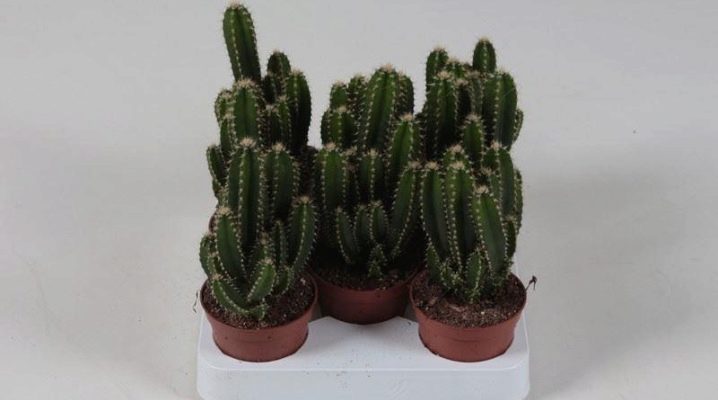
The Cereus cactus is ideal for home breeding. It has few maintenance requirements, reproduces without problems and is highly resistant.
Peculiarities
The cactus "Cereus" stands out among other cacti for its dimensions - the height in natural conditions can vary from 10 to 20 meters. In addition, the plant is also a long-liver, because some representatives of the species have successfully existed for several hundred years. Since the cactus is able to accumulate moisture inside the stem, it can survive even in very difficult conditions, for example, when watering is temporarily impossible. The tetrahedral shoot is colored in shades of green, but the needles most often have a dark brown color, almost black.
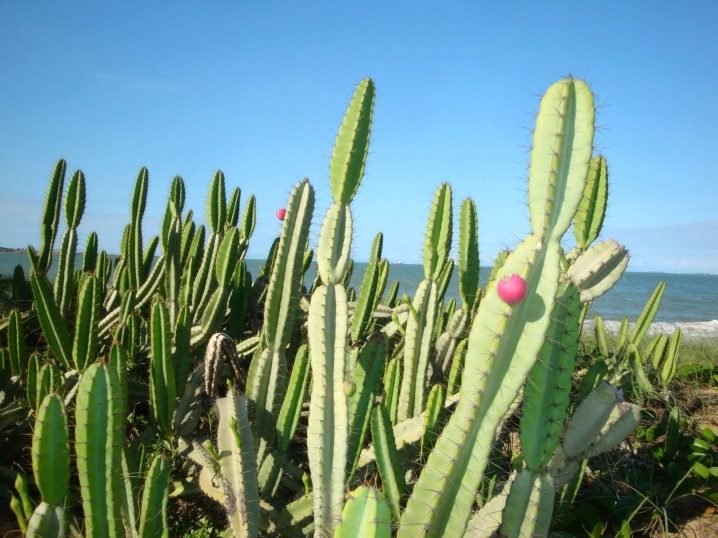
Flowering "Cereus" usually lasts from May to June and occurs only at night. The cactus flower is located on the side of the stem and has an unusual color, having a white or pink color with a golden core. The opened buds smell very nice, usually vanilla. At home, the flowering of a cactus rarely occurs, since it is possible only under special conditions that are difficult to achieve on their own.
Views
"Cereus Peruvian" is also called "Rocky Cereus"... The unusual name was derived from the shape of the plant, which resembles a rock. The stem of this variety resembles a cylinder, and it is painted in a green-gray hue. Ribs are located on the surface of the stem. The height of the Peruvian cereus growing at home ranges from 50 to 100 centimeters.

The cactus usually blooms at night, releasing large snow-white flowers with a pleasant smell.
This variety is also capable of fruiting, during which red or orange berries appear, even those allowed to be eaten. The Rocky Cereus requires quality lighting. During the warm season, it should be grown on a balcony or windowsill of a window facing south, and in winter, additional lighting should be installed. Special phytolamps will help to solve this problem.
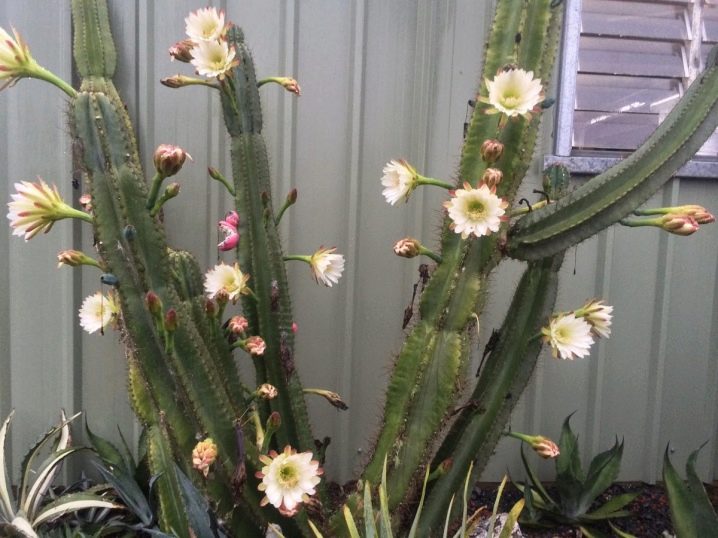
Since "Cereus" is able to accumulate moisture, it should be watered regularly, but in moderation. In summer, it would be good to replace irrigation with spraying.
"Cereus azure" in the wild it reaches a height of 3 meters. The plant differs from other cacti by the presence of silvery-bluish shoots growing on the sides. On "Cereus" 6 or 7 ribs appear, which have light brown felt areoles and a wavy border. The spines reach one centimeter in length. They are located on the edges of the cactus, following radially. During flowering, large flowers appear, painted in a snow-white color. The length of the formation ranges from 20 to 25 centimeters, and the diameter ranges from 8 to 10 centimeters.
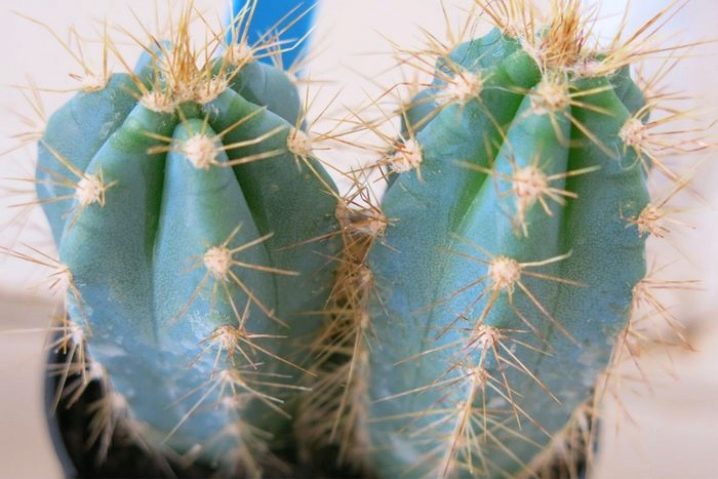
"Cereus validus", the second name of which sounds like "Strong Cereus" has a height of about 2 meters in the wild. The bush usually has 5 to 8 shoots placed on the sides. The shoots are colored either light green or aquamarine. The number of ribs ranges from 4 to 8 pieces. Spines in the amount of 4 to 6 pieces grow on each rib. Their length reaches a couple of centimeters, and the color can be called a mixture of yellow and gray. During flowering, snow-white or even scarlet buds are formed on the cactus.Fruiting is realized in the form of reddish berries with white pulp.
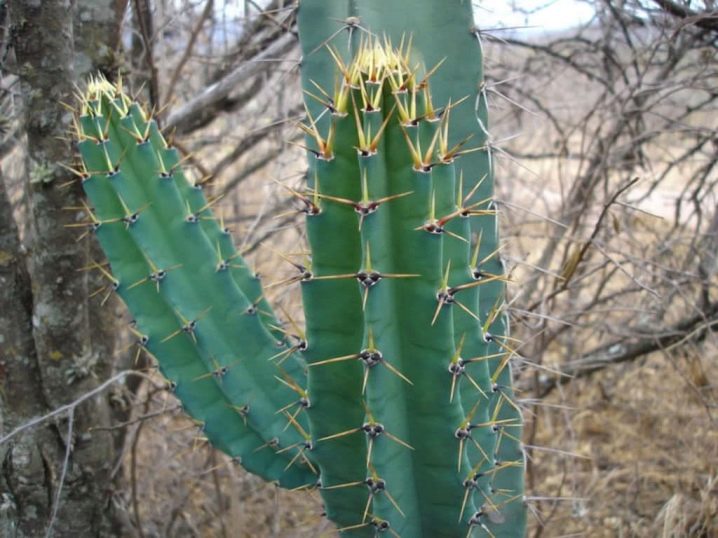
"Cereus spiral" is a perennial cactus, the thick stems of which have the shape of a ball, flat or embossed. The spines range in length from 2 to 3 centimeters, and the color is a mixture of brown and green. Flowering is carried out by the emergence of large buds, painted in pink-white color. "Cereus steel" has bluish shoots, placed on the sides of the plant and reaching from 10 to 20 centimeters in diameter. Over time, the dimensions of these processes even increase.

The number of ribs ranges from 6 to 8 specimens. They are fairly straight with gray halos. The length of the spines ranges from 2 to 3 centimeters, and they are painted in a brown-gray shade. There are 20 of them. During the flowering period, one or a pair of huge buds appear, up to 30 centimeters. Flowers are painted in a mixture of white and green colors. The ten-centimeter berries, which are the result of fruiting, are colored in a coral shade.
"Giant Cereus" often referred to as the desert giant. It is even included in the Guinness Book of Records, as it has the highest height in the world, which is 25 meters. Over time, lateral processes are formed on the cactus, and the shape of the trunk changes. The plant bears fruit with bright red berries that can be eaten.
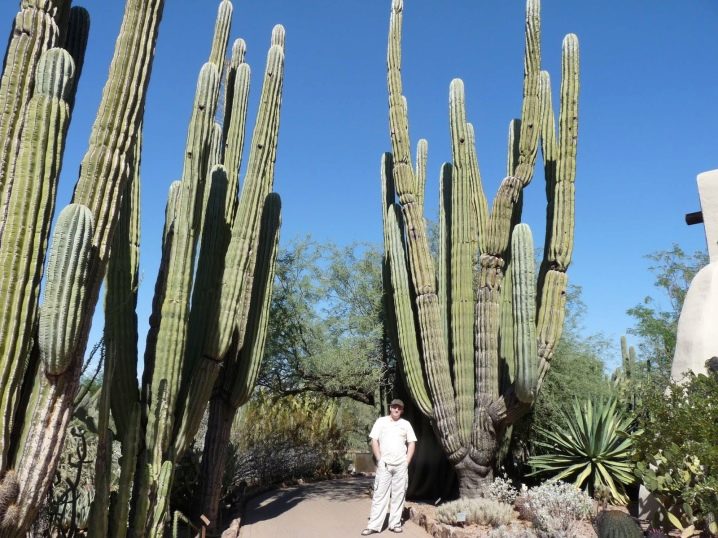
"Monstrous Cereus" possesses lateral processes capable of growing together, as a result of which the shape of the plant changes. The fruits that Monstroza produces are edible, and the tall shrubs themselves are often used to create hedges.
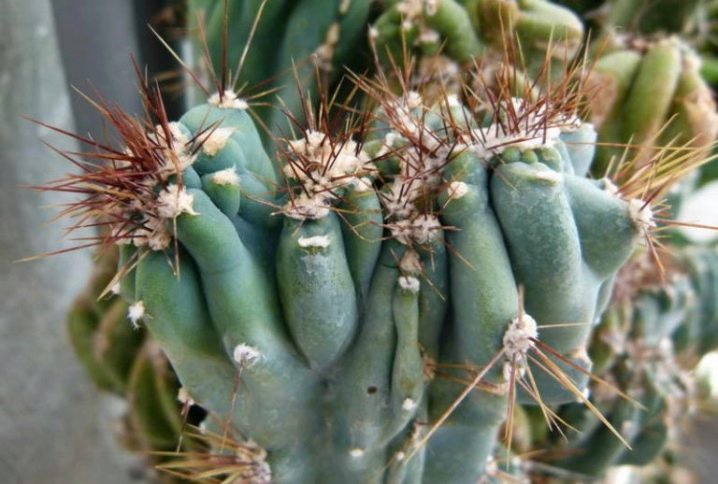
"Cereus Yamakaru" possesses a traditional cylindrical stem, covered with a large number of light spines. The buds open at night, reaching a diameter of 20 cm. The Uruguayan cereus is covered with sharp needles up to 2 centimeters long. The stem is aquamarine and covered with 5-8 ribs.
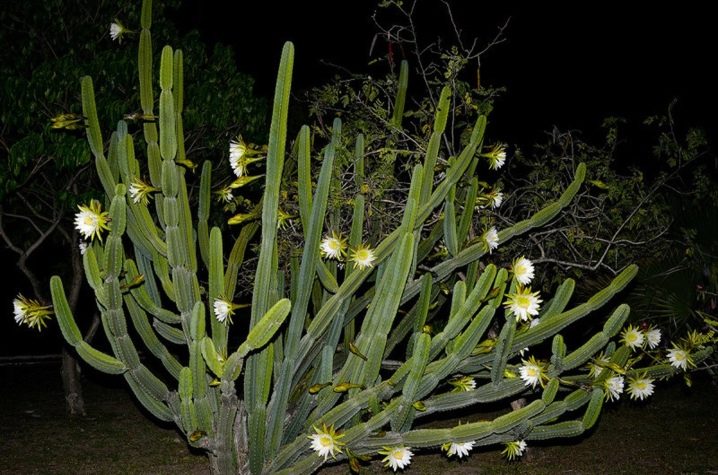
The names of other varieties of "Cereus" imply Cereus Peruvian Florida and Cereus Peruvian Paolina... Cereus also include varieties such as Trichocereus, Chamecereus, Cephalocereus, Echinocereus and Pilosocereus. By the way, the care for all cacti of this variety is approximately the same.
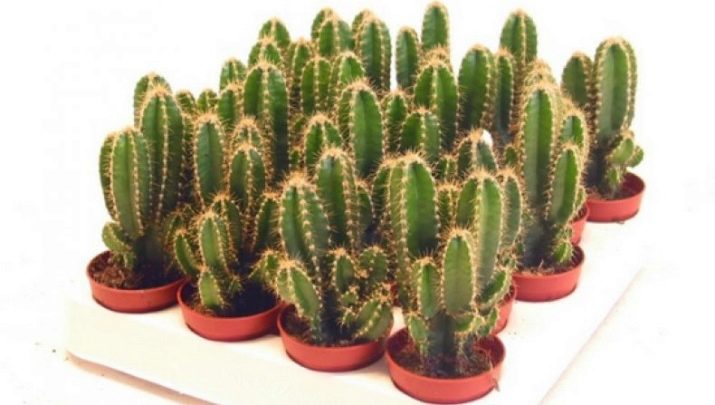


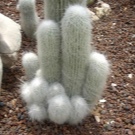

Conditions of detention
"Cereus" needs abundant lighting, so it should be kept in a room facing south or southeast. In the summer, you should even take out the flowerpots to the balcony or loggia. When the amount of illumination is insufficient in the winter season, it is reasonable to organize additional illumination using phytolamps.
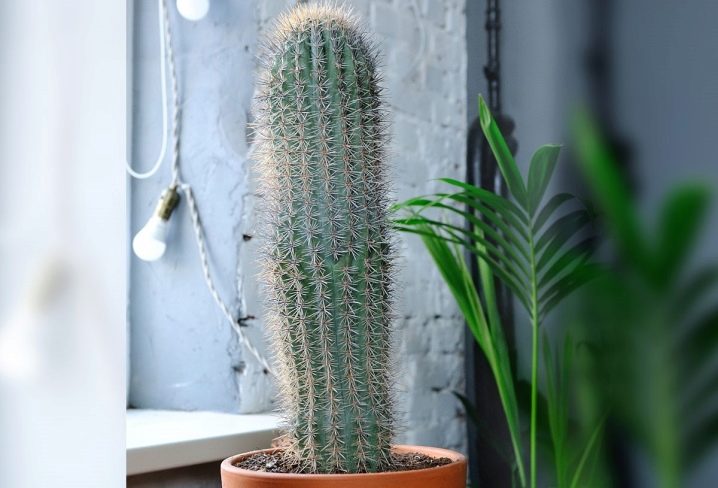
It is important to mention that from the end of the winter period to the onset of summer, the amount of sunlight must increase gradually, otherwise the cactus will get burns.
Temperature is not a key indicator in the development of Cereus. In principle, even high summer temperatures will not harm it. Nevertheless, some conditions regarding the temperature regime are still present. In the cold season, the indicators should be in the range from 8 to 10 degrees Celsius. In warmer months, the temperature ranges from 15 to almost 30 degrees Celsius.
The soil in which Cereus develops may be neutral or acidic, but by no means alkaline. When forming the substrate yourself, it is important not to forget about adding river sand and crushed brick fragments. An excess amount of soil for the cactus will be critical. When the potting mix is purchased at the store, the choice should be given to formulations intended for succulents or cacti.
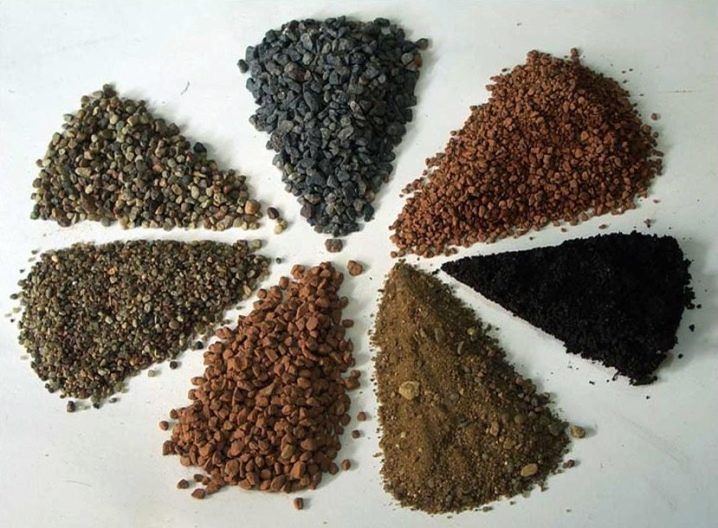
Care rules
At home, caring for a cactus is not so difficult. Water for irrigation should be taken warm, room temperature. Both hot and cold liquids are more likely to harm the plant.Excessive water hardness is also considered unfavorable - if possible, it should be defended. Irrigation should be moderate throughout the spring and fall and cut back in fall.
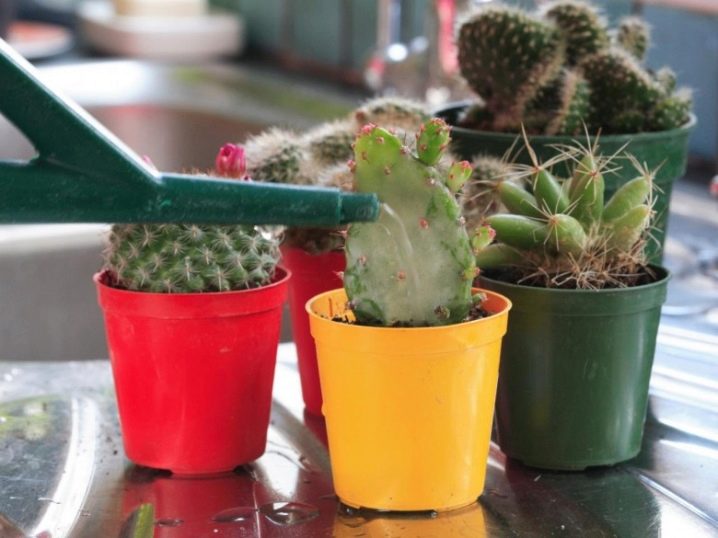
In winter, the frequency of irrigation is reduced to once a month. It should be remembered that Cereus reacts extremely negatively to excess moisture, which provokes rotting of the root system. Air humidity is important for a cactus. On hot summer days, it is recommended to additionally spray it with warm filtered liquid.
Fertilization takes place from April to July. It is most convenient to use liquid formulations intended for cacti, the use of which occurs according to clear instructions. In summer, the development of the plant is very active, therefore, you cannot do without additional fertilizing during this period. No fertilization is required during the dormant period, usually in winter. Irrigation either stops or, as mentioned above, is reduced to once a month.
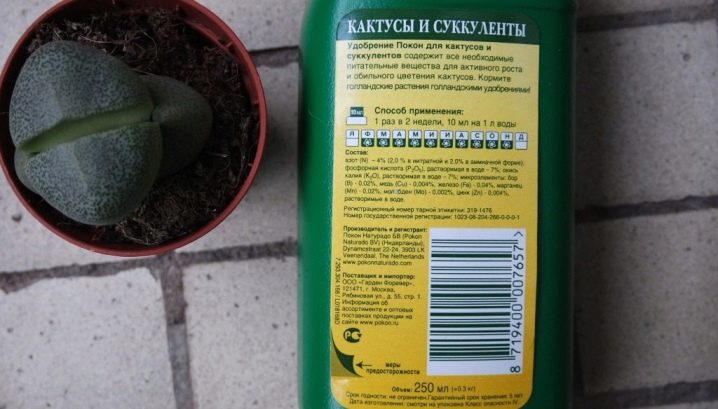
The first cactus transplant takes place at a young age. Its main purpose is to replace the pot with a wider, but equally deep one. When the cereus enters the stage of maturity, it is necessary to change its habitat every couple of years. The bottom of the shallow tank is covered with a drainage layer composed of pebbles and expanded clay. Most often, this plant variety is propagated using seeds.

Nevertheless, some of its varieties can only be propagated by cuttings.
In this case, the cactus shoots will have to be separated, which then need to be dried in the fresh air before the expiration of a couple of days. Next "Cereus" can be immediately placed in a shallow pot with soil and irrigated a little. As a rule, the formation of the root system lasts from a couple of weeks to a whole month. After this period, the cactus can be planted in separate containers.
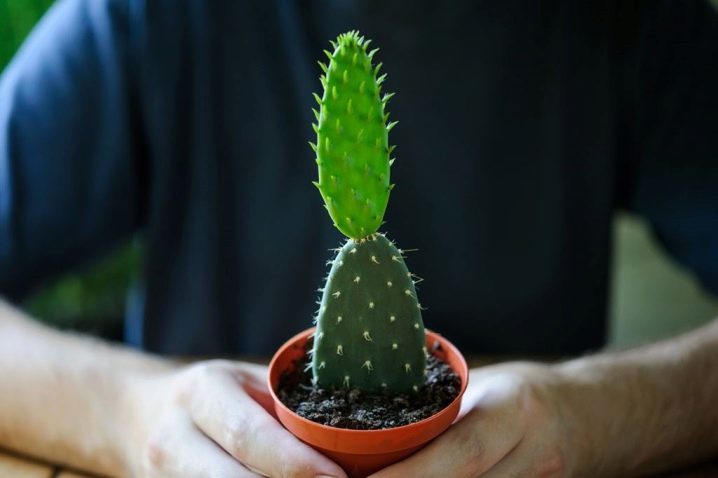
If seeds are used, then reproduction should be carried out from mid to late spring. After completing sowing, it is required to monitor the condition of the soil so that it does not dry out, but does not turn out to be too moist. Germinating seeds should be kept in a room where the temperature ranges from 18 to 20 degrees Celsius.

Diseases and pests
Cactus "Cereus" often becomes a "target" for various insects. Most often it is a scale insect that uses plant sap, a spider mite, the appearance of which is symbolized by whitish spots with villi. We must not forget about the mealybug, as a result of the invasion of which red dots and even cobwebs appear on the leaves, which after a while are supplemented with icteric spots. Destruction of any type of pest is possible with the use of insecticides.

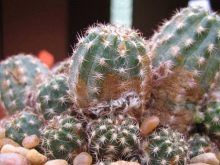

By the way, for prevention, it is worth treating plants with these agents once every 6 months.
The cactus "Cereus" often gets rotten. The appearance of this disease can be determined by the soft brown spots located on the shoots. In this case, the rot will have to first be cut off with a knife and then treated with the wound. Since putrefactive manifestations most often occur with improper irrigation, it will be enough to temporarily reduce watering, and then adjust the system.
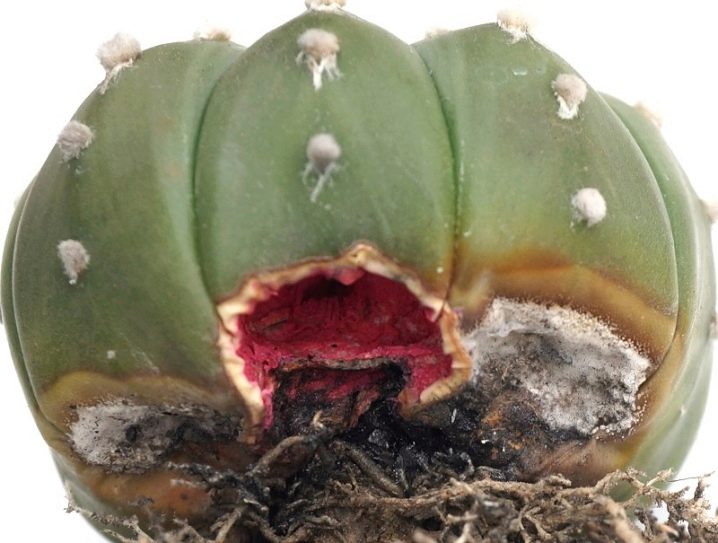
How to transplant the Cereus cactus, see the video below.























































The comment was sent successfully.